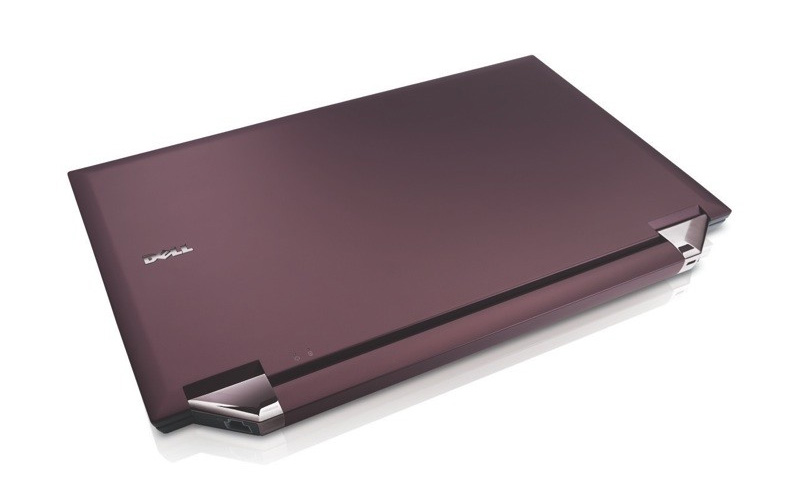
Nikon has taken the wraps off eight new CoolPix cameras, offering a wide selection of features and price points designed to appeal to first-time digital camera buyers, experienced point-and-shoot snappers, and more serious photographers who want more power and control of their picture-taking. At the same time, the company has also announced my Picturetown, enabling users to securely store up to 2 GB of images and video online, accessible via either computer or BlackBerry handheld device.
First up, the slim CoolPix S700 and S510 offer 12.1 and 8.1 megapixel resolutions, respectively, along with a 37times; optical zoom, optical image stabilization, and high ISO sensitivities for snapping pictures in low light conditions (the S510 goes to ISO 200, the S700 to ISO 3200). Both cameras feature 2.7-inch LCD monitors, store images fo SDHC media, and offer faster startup times, improved image processing, and Nikon’s Face Priority autofocus system which can pick out and optimize for up to 12 faces in a single frame. Expect to see them in September, with the X700 running around $375.95 and the S510 going for around $299.95.
If you’re looking for something a little more wireless, check out the Coolpix S51C a Wi-Fi enabled Coolpix camera which can send images via email without using a PC, but also offers direct support for my Picturetown, so users have a convenient, wireless means to back up their images and video. The S51c offers 8.1 megapixel resolution, a 3× optical zoom, and sports Nikon’s Expeed image processing system. Also on board: optical image stabilization, ISO sensitivity down to 1600, a 3-inch LCD monitor, face-priority autofocus, and SDHC image storage. Expect to see the S51c in September for about $329.95; it also comes with six months of complimentary Wi-Fi service on T-Mobile’s HotSpot service. A Wi-Fi free version dubbed the S51 will also be available for $279.95.
Next up, Nikon is adding the budget-friendly L14 and L15 to it’s "Life" series of Coolpix cameras. The L14 comes in at 7 megapixels, features a 2.4-inch LCD display, while the L15 steps things up by offering 8 megapixels, a 2.6-inch display, and optical image stabilization. Both cameras sport 3× optical zooms, sensitivity down to ISO 1000, 15 different scene modes, and Nikon’s Expeed image processing for fast response times. Built-in face recognition can optimize images for up to five faces in a single frame, and both can run off readily-available AA batteries, in case you get caught on vacation or in the middle of nowhere without a charger. The L14 and L15 will be available in September for suggested prices of $149.95 and $179.95, respectively.
If budget cameras aren’t appealing, check out Nikon’s new CoolPix P5100 and P50. The P5100 offers a 12.1 megapixel resolution, a 2.5-inch LCD display, a 3.5× optical zoom, optical image stabilization, sensitivity down to ISO 3200, and a slew of shutter, program, aperture, and manual exposure modes sure to appeal to the photographer who wants full control of a shot rather than the point-and-shoot gamble. The P5100 is also compatible with a wide range of accessories, such as Nikon telephoto lenses and wide angle lens converters. Meanwhile, the P50 offers an 8 megapixel resolution, a 3.6× optical zoom, a 2.4-inch LCD display, sensitivity down to ISO 2000, electronic shake reduction, and the ability to run off AA batteries. Both cameras feature Nikon’s Expeed image processing system and Nikon’s Face Priority autofocus system. The P5100 should hit retailers in September around $399.95, while the P50 will wait until October, at which point it’ll go for about $229.95.

